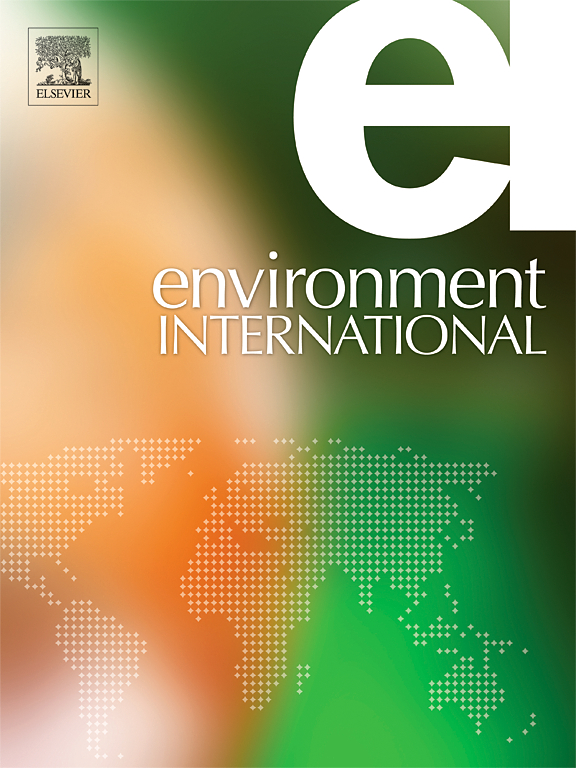Co-benefits of nature-based solutions: A health impact assessment of the Barcelona Green Corridor (Eixos Verds) plan
IF 10.3
1区 环境科学与生态学
Q1 ENVIRONMENTAL SCIENCES
引用次数: 0
Abstract
Introduction
The Green Corridors Plan (Eixos Verds Plan), proposed by the Barcelona City Council, aims to enhance urban well-being, environmental sustainability, and resilience by transforming one in every three streets into green corridors. Although initially designed for city-wide implementation, only the first phase, focused on the centric Eixample district, has been completed, and the overall plan implementation has been postponed. Our aim is to evaluate the health co-benefits of implementing the Green Corridors plan citywide, focusing on the direct effects of increased exposure to greenness and the impact of temperature reduction on mortality.Methods
We conducted a comprehensive Health Impact Assessment (HIA) considering direct effects of expanding green spaces (GS) and the impact on temperature reduction. Preventable mortality at the census tract level for adult residents was estimated, and to address uncertainties, we performed Monte Carlo iterations. We computed the percentage increase in GS (land use) and tree cover and converted them into Normalized Difference Vegetation Index (NDVI) to conduct the HIA, employing a Generalized Additive Model (GAM). We used the Weather Research and Forecasting model (WRF) coupled with the urban parameterizations “Building Effect Parameterization” (BEP) and “Building Energy Model” (BEM) for temperature modelling. Hourly temperatures from 25/06/2015 to 25/07/2015 were simulated, both with and without Green Corridors Plan implementation.Results
City-wide implementation of the Green Corridors plan would increase average GS by 3.64 % (IQR: 2.17 % − 4.40 %) and NDVI by 0.286 (IQR: 0.256–0.304) per census tract. This could potentially prevent 178 premature deaths annually (95 % CI: 116–247), equating to 13 deaths per 100,000 inhabitants (95 % CI: 9–19). The average daily temperature reduction per census tract was estimated at 0.05 °C, with a maximum reduction of 0.42 °C. Temperature reduction could potentially prevent 5 deaths during the simulated month. Additionally, we estimated a mean decrease in the thermal stress of 0.11 °C, reaching up to 1.48 °C at its peak.Conclusion
The Green Corridors plan can make significant contributions to a healthier urban environment. To address climate and especially heat impacts, complementary strategies to achieve more substantial temperature reduction are needed. Overall, our findings underscore the potential of nature-based solutions (NbS), exemplified by the Green Corridors Plan, in creating more sustainable and health-promoting urban environments.求助全文
约1分钟内获得全文
求助全文
来源期刊

Environment International
环境科学-环境科学
CiteScore
21.90
自引率
3.40%
发文量
734
审稿时长
2.8 months
期刊介绍:
Environmental Health publishes manuscripts focusing on critical aspects of environmental and occupational medicine, including studies in toxicology and epidemiology, to illuminate the human health implications of exposure to environmental hazards. The journal adopts an open-access model and practices open peer review.
It caters to scientists and practitioners across all environmental science domains, directly or indirectly impacting human health and well-being. With a commitment to enhancing the prevention of environmentally-related health risks, Environmental Health serves as a public health journal for the community and scientists engaged in matters of public health significance concerning the environment.
 求助内容:
求助内容: 应助结果提醒方式:
应助结果提醒方式:


